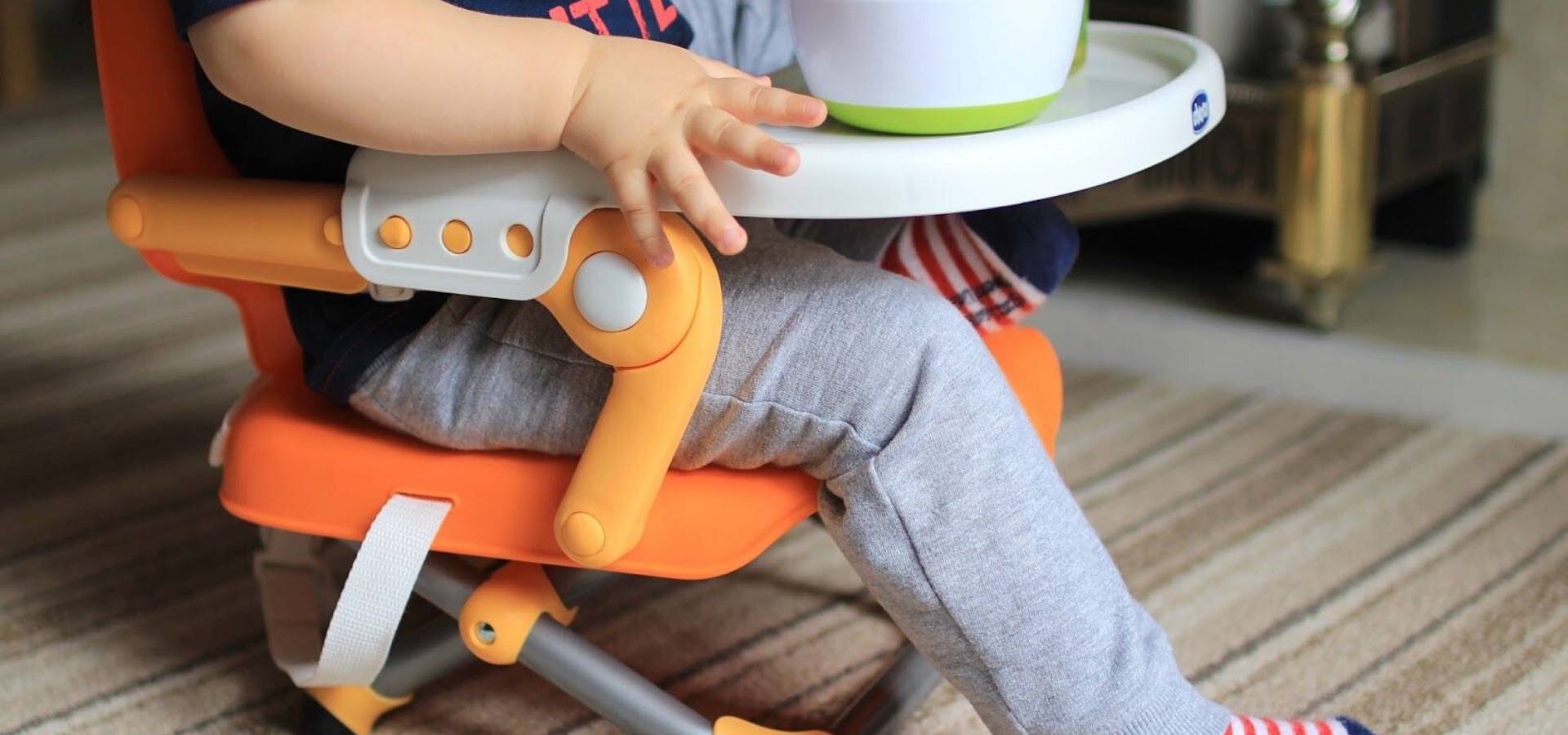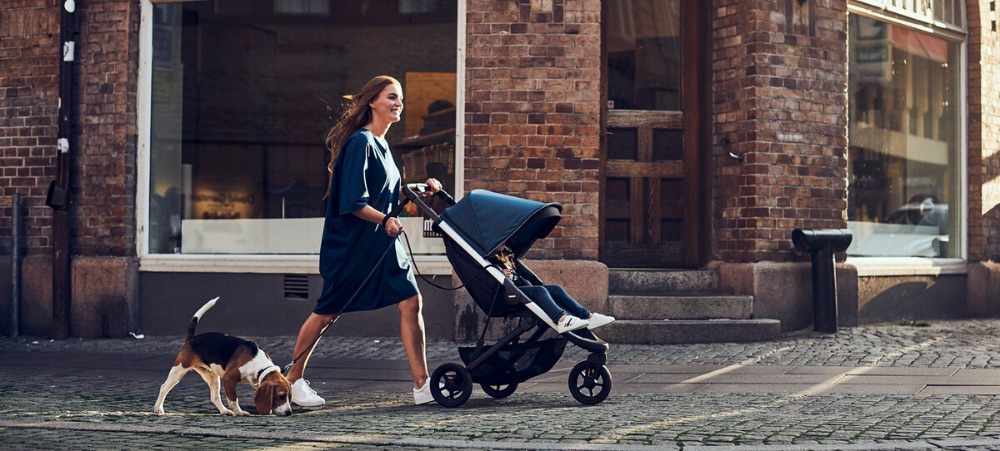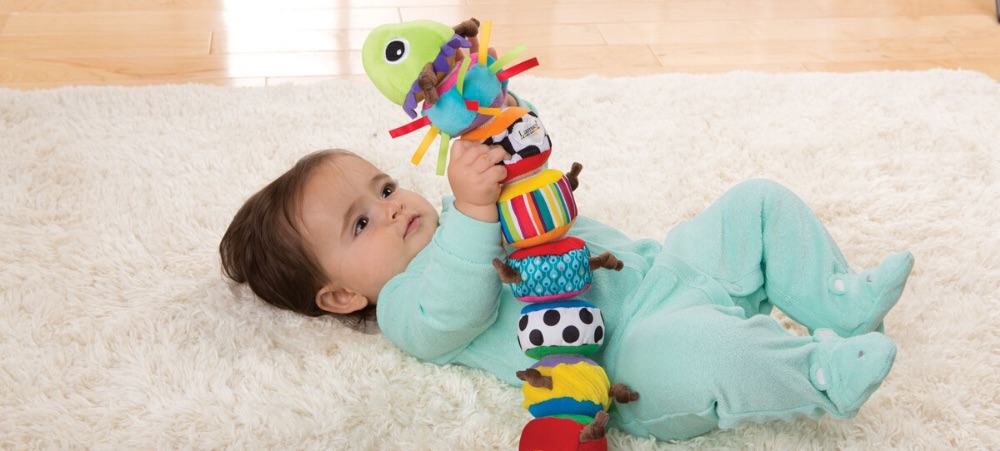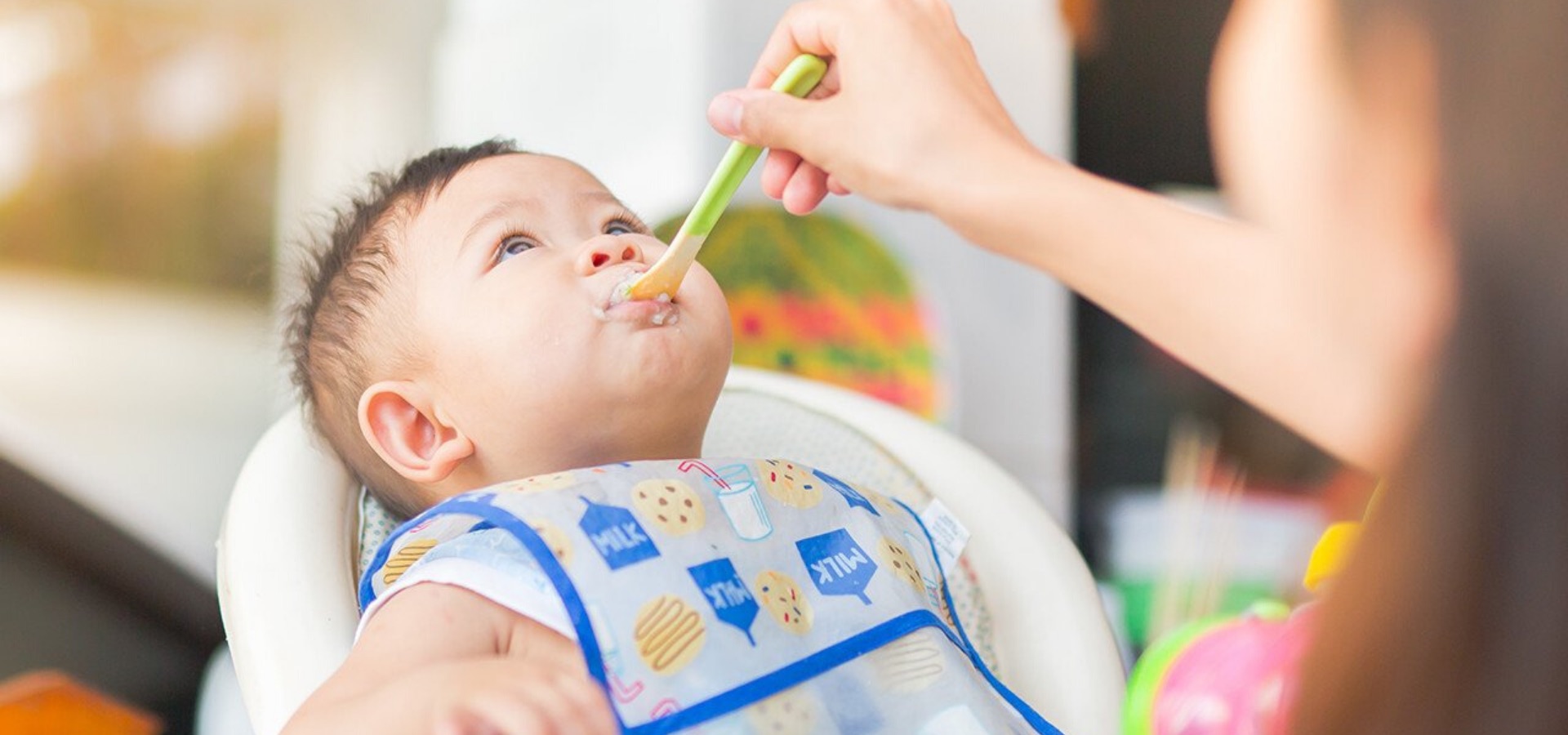
How to create a natural outdoor play area for your kids
Since children who spend time in nature are healthy and happier, here are some tips for creating a natural outdoor play area in your garden…


Since children who spend time in nature are healthy and happier, here are some tips for creating a natural outdoor play area in your garden…

Parents play a big part in shaping children’s eating habits. In a fast paced world where most parents have to juggle their time between work, play and home and are faced with all the latest food fads, it is no surprise that some parents may need some help understanding what healthy food for their little ones is. Getting children to eat what’s best for them can be a challenge, and giving in to their pestering for less-than-nutritious food can make it awfully confusing. Remember you are the parent and you do the shopping.

The incentive for learning any additional language is distinctive to every household. However, in the South African context, given the vast social, cultural, historical and practical benefits, isiZulu is a great language to choose and learning it has many advantages and benefits.

As lock down enters its second month most Moms and Dads are staring blankly in a daze thinking of another idea to entertain the busy toddler.

It is normal for children to be afraid of the dark at some stage or another. Preschoolers aren’t always able to distinguish between reality and fantasy. Couple this with very active imaginations and it becomes easy for them to believe monsters are under the bed or in the cupboards, waiting to pounce once the lights go out.

According to doctors and professionals keeping fit is one of the most important things to do during lockdown. Exercise will strengthen your immune system, elevate your mood and get those endorphins flowing.

As parents, our greatest wish is to protect our children from anything that will cause them pain, be it physically or emotionally. But in reality, tragic things happen. That is life and unfortunately there is just no getting around it; it’s tough and it’s going to be hard. However, there is a way we can be there for our children when this does enter their lives. Every event that is considered “tragic” has to be dealt with as its own individual event, so the way one would break the news of a death of a loved one would be different to the way one would break the news of a person getting divorced. There are some things one must consider though when breaking sad news to children…

The popularity of weighted blankest has increased in the last couple of years. However, these blankets have been around for quite some time, especially in the Occupational Therapy field.

We often hear messages in the media that children aren’t getting enough physical activity. But what exactly does “being physically active” mean when you are an infant, toddler or pre-schooler? And is it important for their health now and in the future?

As a pre-school child, I was always eager to be outside, “helping” my parents wherever I could. I would watch as my mum and dad used to potter in the garden for hours at a time. Always having plenty decisions to make. Where in the garden should they place the newly bought plants? How deep should my dad dig the hole? The list is endless. Looking back, I now realize the patience they had, allowing me to “help”, the accommodations they would make so I would feel like a big girl with responsibilities for our garden to look beautiful.

Eczema can be incredibly uncomfortable for children and it’s upsetting for parents to see their child suffering with itching, cracked and bleeding skin. Parents may feel they have to stop their children playing and swimming outside because of high pollen counts and chlorine or even avoid having a bubble bath with their siblings for fear of irritation. It’s clear to see why so many parents are left feeling pretty desperate, but eczema doesn’t have to limit children any longer!

The kids are at home, and the family is following government advice: staying indoors and only venture outside when necessary.

Here are 21 activities that you can plan with your children and the perfect opportunity to spend some quality time together.

Weaning baby is such a great – and messy time. When baby is anatomically upright in posture, actively holding utensils and really enjoying their food, it makes sense to have the child part of the family mealtime.

Every day with your child is an adventure, and now simplifying your routine just got easier. Enjoy each moment with Thule Spring, a lightweight, compact stroller that lets you and your family discover the world with ease.

The range of Chicco Sippy Cups offer parents the reassurance that their oral and dental development is being looked after as baby starts drinking differently. All cups in the range help baby easily and naturally drink, respecting their abilities and age group.

Having been a pre-school teacher for twenty-five years and a mother for eleven, I am convinced that in the end, communication and God’s love are the keys to a successful relationship with your children. The catch is – how do we successfully communicate this love to our children?

As parents we always want the best for our children and so we strive to do the right thing to ensure our children grow and develop into well rounded little humans. Experts say toys are one thing parents could use to improve brain development, but do we really know what kind toys to use for this purpose?

With every new generation of school going kids, comes the important topic of healthy school lunch boxes. What are some of the healthy things to include in the lunchbox? Why is it important for kids to eat healthy foods while they are at school? What are the best drinks for lunchboxes?

The Chicco range of cutlery starts when your child first begins to accept a spoon. Beginning with the Silicone Spoon, perfectly suited to small mouths and delicate gums, to the older fork and spoon sets for when baby can start feeding themselves, gradually introducing metal child-sized cutlery for baby to eat just like the grown-ups.

Muscle tone is the amount of tension (or resistance to movement) in muscles when they are at rest. Our muscle tone helps us to hold our bodies upright when we are sitting and standing. Changes in muscle tone are what enable us to move. Since tone only describes a muscle when it is inactive or resting, it is quite possible for a child with low tone to still be very strong when they exert themselves and activate their muscles. There’s a big difference between muscle tone and muscle strength.

Allergic reactions are becoming more prevalent around the world, especially in more developed countries. This heightened sensitivity may be due to increased exposure to harmful environmental factors, such as air pollution and cigarette smoke, as well as cleaner living environments with fewer micro-organisms and bacterial exposure

The weaning period provides the baby with more nutrients and is also an important step for the psychological, emotional and educational development.

Surely, with how the world we live in is changing, and with all of our technological advances, something as old fashioned as nursery rhymes should be a thing of the past? Toddlers now have access to televisions, Ipads, cell phones and YouTube, and some even know how to operate these on their own…..so should nursery rhymes (which have been around for centuries) be given the boot?

In that moment, when this little life first comes into the world, you can’t help but become emotional. I cried big tears; I was overwhelmed with love and pride. The kind of pride that only jumps into your body the second your child is born, and it’s this newfound pride that stays with you from then onwards. “Dads, you are hugely influential in the eyes of your children. Don’t be content with the fact that you’re simply a dad. Instead, challenge yourself to become a dad who is a force in the lives of your wife and children.”

Preschool and prep-school teachers are modern day superheroes. They gently introduce our little ones to a love of learning and creativity, yet they are also tough enough to manage anything that could affect their little charges. Even the horror of head lice in the classroom.

We ensure all our products are age and stage appropriate for your little ones.

Starting solid foods is an exciting time for you and your baby. Research shows that it is most beneficial to introduce solid foods around 6 months of age (but never before 4 months!).

Fiber helps keep your tot’s digestion regular. Protein is a key building block of little growing bodies and is essential for muscle development.

Munchkin, the award-winning global baby lifestyle company expands its commitment to animal conservation organisations through a new line of its #1 selling Miracle® 360° cup, called “Wild Love,” designed to feature at-risk animals. The cups, now available at Baby City, help families teach children empathy and respect for animals at a time when more than one million species are threatened with extinction. Inspired by the important work these organizations are doing, Munchkin is making a substantial donation to both the International Fund for Animal Welfare (IFAW) and The Whale Sanctuary Project.
| Cookie | Duration | Description |
|---|---|---|
| cookielawinfo-checkbox-advertisement | 1 year | The cookie is set by GDPR cookie consent to record the user consent for the cookies in the category "Advertisement". |
| cookielawinfo-checkbox-analytics | 11 months | This cookie is set by GDPR Cookie Consent plugin. The cookie is used to store the user consent for the cookies in the category "Analytics". |
| cookielawinfo-checkbox-functional | 11 months | The cookie is set by GDPR cookie consent to record the user consent for the cookies in the category "Functional". |
| cookielawinfo-checkbox-necessary | 11 months | This cookie is set by GDPR Cookie Consent plugin. The cookies is used to store the user consent for the cookies in the category "Necessary". |
| cookielawinfo-checkbox-others | 11 months | This cookie is set by GDPR Cookie Consent plugin. The cookie is used to store the user consent for the cookies in the category "Other. |
| cookielawinfo-checkbox-performance | 11 months | This cookie is set by GDPR Cookie Consent plugin. The cookie is used to store the user consent for the cookies in the category "Performance". |
| viewed_cookie_policy | 11 months | The cookie is set by the GDPR Cookie Consent plugin and is used to store whether or not user has consented to the use of cookies. It does not store any personal data. |
| Cookie | Duration | Description |
|---|---|---|
| _ga | 2 years | This cookie is installed by Google Analytics. The cookie is used to calculate visitor, session, campaign data and keep track of site usage for the site's analytics report. The cookies store information anonymously and assign a randomly generated number to identify unique visitors. |
| _gid | 1 day | This cookie is installed by Google Analytics. The cookie is used to store information of how visitors use a website and helps in creating an analytics report of how the website is doing. The data collected including the number visitors, the source where they have come from, and the pages visted in an anonymous form. |
| Cookie | Duration | Description |
|---|---|---|
| _gat_gtag_UA_18530557_4 | 1 minute | No description |
| pron_ip | session | No description |
| pvc_visits[0] | 1 day | This cookie is created by post-views-counter. This cookie is used to count the number of visits to a post. It also helps in preventing repeat views of a post by a visitor. |
| tk_ai | session | Gathers information for WordPress by themselves, first party analytics tool about how WP services are used. A collection of internal metrics for user activity, used to improve user experience. |